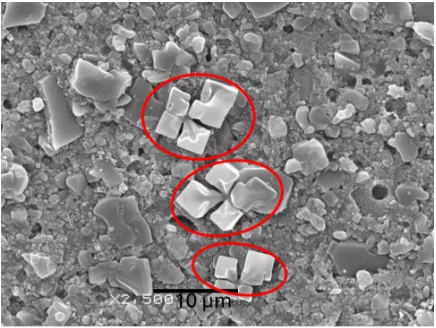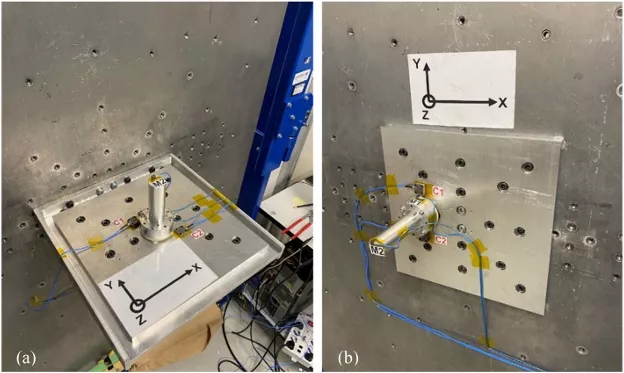Abstract: SiO2 aerogel thermal insulation composites have been widely used in aerospace, petrochemical and other thermal insulation fields, and their application can be significantly expanded through hydrophobic modification. In order to maintain good hydrophobic properties of SiO2 aerogel thermal insulation composites at high temperature, polysiloxane modified silicate coatings were used to modify the surface hydrophobicity of SiO2 aerogel thermal insulation composites by brushing. The effect of coating thickness on crack expansion was then investigated, as well as the failure mechanism of hydrophobic properties of the coating at high temperature and the wear resistance of the composite before and after brushing coating modification. The results show that the surface of the coating is crack-free and the contact angle reaches (113±2)° when the coating thickness is about 13 μm. The contact angle still is maintained at 105° after heat treatment at 450 ℃ for 1 800 s, showing good thermal stability. Meanwhile, the coating significantly improves the wear resistance of composites.
Key words: SiO2 aerogel thermal insulation composite, polysiloxane modified silicate, thermal resistance, hydrophobic modification, wear resistance, coating
Declaration: This article is provided by CERADIR™ users or obtained from Internet, the content does not represent the position of CERADIR™. We are not responsible for the authenticity/accuracy of the article, especially the effects of the products concerned. This article is for study only, it does not constitute any investment or application advice. For reprinting, please contact the original author. If it involves the copyright and/or other issues, please contact us and we will deal with it asap! CERADIR™ has the interpretation of this declaration.







